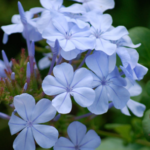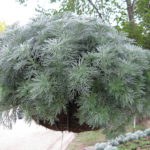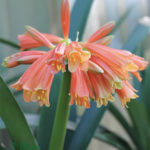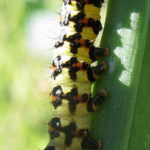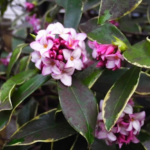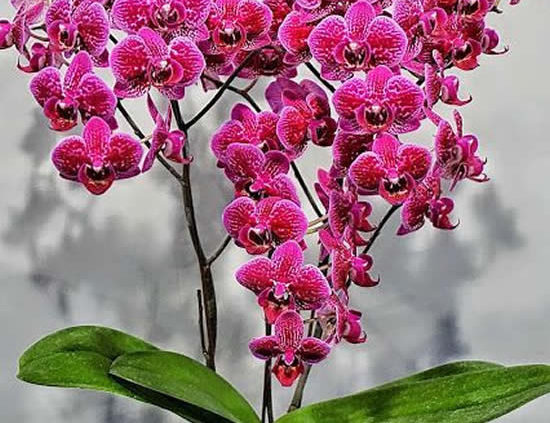
Growing Orchids Indoors as Houseplants
Growing Orchids Indoors as Houseplants
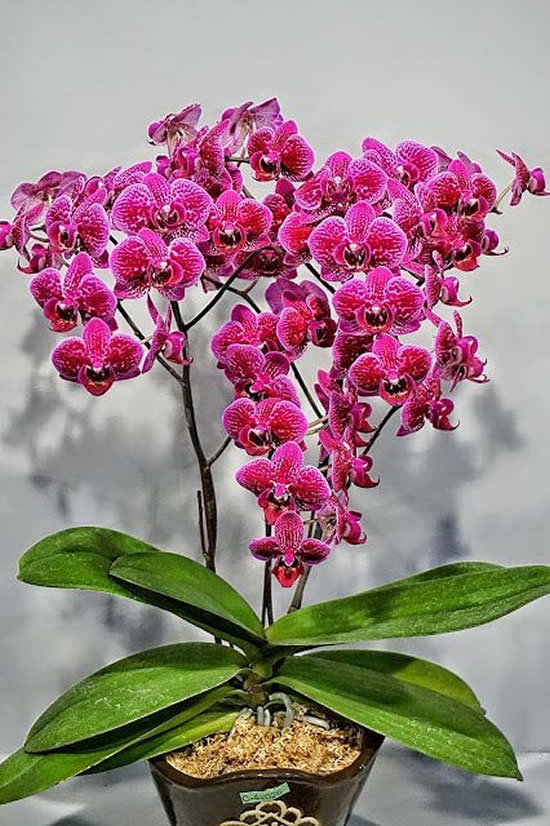 The orchid family, or Orchidaceae, is one of the most desired plant varieties to enhance the vibrancy of any garden or home. With its various shades of purple, blue, red, pink, yellow and white, growing orchids bring brightness to an evergreen atmosphere. Despite having so many admirers, orchids are notoriously known for their difficult cultivation process, but the truth is that the orchid is not as problematic a plant as it’s made out to be. There are dozens of orchid varieties and hybrids that are easy to grow, they just require special care. Some may even venture to call their care low maintenance. We know that the most important things in life do require special attention in order to benefit from them. Some of the popular orchids grown or you will see in the shops in Australia are cattleya orchid, dendrobium orchid the phalaenopsis orchid, cymbidium orchid just to name a few. Did you know that an orchid flower can last up to 120 days?
The orchid family, or Orchidaceae, is one of the most desired plant varieties to enhance the vibrancy of any garden or home. With its various shades of purple, blue, red, pink, yellow and white, growing orchids bring brightness to an evergreen atmosphere. Despite having so many admirers, orchids are notoriously known for their difficult cultivation process, but the truth is that the orchid is not as problematic a plant as it’s made out to be. There are dozens of orchid varieties and hybrids that are easy to grow, they just require special care. Some may even venture to call their care low maintenance. We know that the most important things in life do require special attention in order to benefit from them. Some of the popular orchids grown or you will see in the shops in Australia are cattleya orchid, dendrobium orchid the phalaenopsis orchid, cymbidium orchid just to name a few. Did you know that an orchid flower can last up to 120 days?
Orchids Care
In order to begin the process of orchid cultivation, you want to first determine how you are going to grow the plant. It is more difficult to grow an orchid from seed or by a young plant, so I recommend getting the most mature orchid you can find. You can also see what you want to end up with when you start with a mature plant in full bloom. It’s important to note that orchid plants have two major categories of growth patterns. The first of the two is monopodial orchids which have a single, upright stem with leaves arranged on opposite sides along the stem. The second and most common growth pattern is sympodial. Sympodial orchids grow horizontally with new shoots growing from the rhizome with leaves and flower scapes forming atop the new shoots. It is particularly difficult to give generalised cultivation and care instructions for orchids with so many different types. Plants with a few leaves or leathery leaves will need to be grown with a lot of exposure to light and conversely, those plants with soft limp leaves are more light sensitive. Orchids with fat pseudobulbs need less frequent watering than those with no pseudobulbs that require more water. There are several factors that affect the growth and survival of orchid plants including:
Orchids Care Light – Orchids are known for being light hungry plants, but they only require about 12 to 14 hours of light per day. However, direct sunlight can cause plants to burn and too little sunlight will prevent plants from flowering. When growing in the home it’s best to place plants in a room with a window that is covered with curtains or blinds.
Orchids Care Watering – From my experience Orchids can endure a drought much better than excess moisture. Normally, orchid plants growing in a standard 6” pot need water every 7 days and if in a 4” pot about every 5 to 6 days. It’s best to water your plant early in the day so that it can dry out by night aside from this the water that you use to water your orchids needs to be at room temperature more important the water needs to drain completely from the pot it is also best if you use rain water as this is classed as soft water without impurities being careful not to water the leaves as this can lead to rot.
Orchid Humidity Tray – Most tropical orchid types need about 50 to 70 percent humidity during the daytime. Orchid growers frequently incorporate humidifiers for the winter months when growing orchids indoors. They say Gravel filled trays can also be used. Nonetheless, excess moisture can kill the plant so be cautious with the level of humidity you want to achieve.
Orchids Care Air – Most orchids are air plants even though some types successfully propagate in soil. Orchids must receive good air ventilation, which acts as a preventative medicine for the plant. It helps evaporate stagnant water left over from watering where fungi and bacteria can grow.
Why Won’t My Orchids Bloom?
It is very important that your orchids receive plenty of light this can be done successfully inside your home but avoid direct sunlight as the orchids can get sunburned if the sunburn is excessive this will cause your orchid to die. Another way to know if your orchid is getting the right amount of sunlight is by the leaf colour if you plant is getting sufficient sunlight the leaves will be bright green, if the leaves are yellow or red this is a sign of not enough light and your orchid may not flower, light is a very important factor for orchids to be able to flower inside your house. If everything else fails and you are still wondering why don’t my orchids bloom you may need to repot the orchid as the orchid mix may be too stale, your orchid may not be getting enough humidity this is easily fixed by getting a humidity tray this is usually only needed in hot dry climates.
Why Are My Orchid Flowers Wilting
If the temperatures are too hot this can cause the orchid to stop growing and the leaves and the spikes to dry up leaving the orchid flowers wilting primarily different types of orchids require different temperatures see next.
- Phalaenopsis Orchids are the most popular orchid grown in Australia because it is more suited to our Australian temperatures. In order for this plant to grow well the phalaenopsis orchid needs to grow with a minimum temperature at night of 20 C a maximum daytime temperature of 33 C on the other hand
- Cattleyas and Cymbidium Orchids need a minimum temperature at night of 14 C and a maximum daytime temperature of 25 C.
- The Dendrobium orchid likes a cool night time climate of only 8 C and a maximum daytime temperature of 22 C. to grow this orchid you would have to find the ideal environment to grow this plant successfully.
Orchid Diseases
Orchids can experience different diseases Mosiac virus and ringspot virus cymbidium mosaic virus usually appears on the orchid flower while the odontoglossum ringspot virus is on the leaves that look like the leaves discoloured and spotted as well as the leaves are distorted there is no known cure for these two viral infections other than to get rid of the plant as soon as you see these infections so it does not spread to another plant. Bacterial brown spot will come into site on the leaves as well starting as a small blister that sooner or later turns brown this disease needs to be identified early as it produces a bacterial liquid that will kill the plant fast. Orchids can also get black rot which is a transmittable disease which turns segments of plant black it is usually seen in the leaves or roots that’s quickly spread when the humidity is high this can be fixed by removing the infected part and spraying with a fungicide. Botrytis is a fungus that shows up on the orchids flowers as spots and the flower usually wilts so remove the flower and spray with a fungicide, this can be avoided by not leaving water on the flowers or plant. Collar rot also is known as southern blight actually rots the roots. The symptoms are first noticed at the base of the orchid where it starts turning creamy yellow if the disease is detected early enough cut effected part and use a fungicide such as bleach. It is best to keep a close inspection of your plants so you can treat the problems early.
The beauty, complexity and extraordinary assortment of the orchid plant is unrivalled in the gardening world and once you start growing orchids on your own, you’ll understand why.


